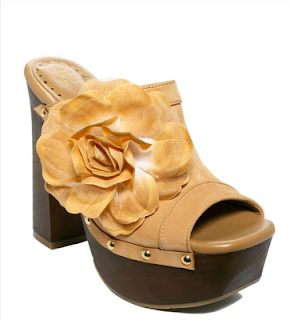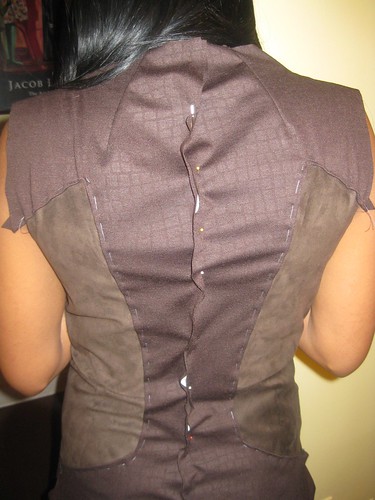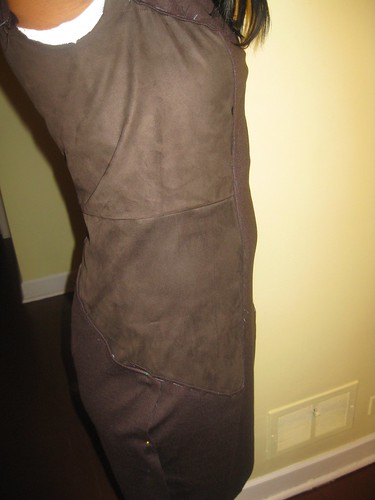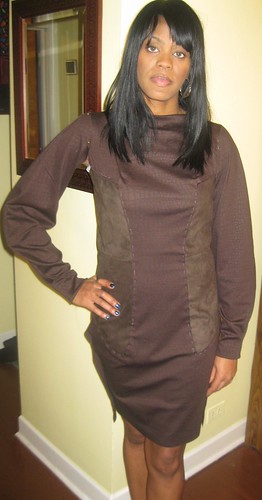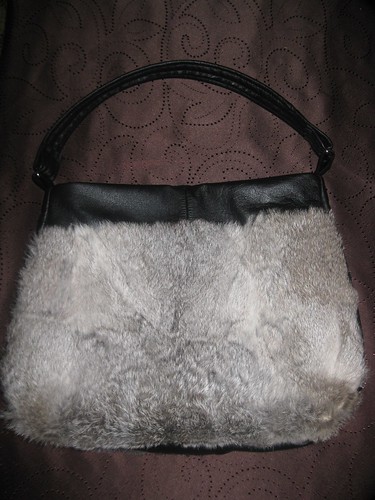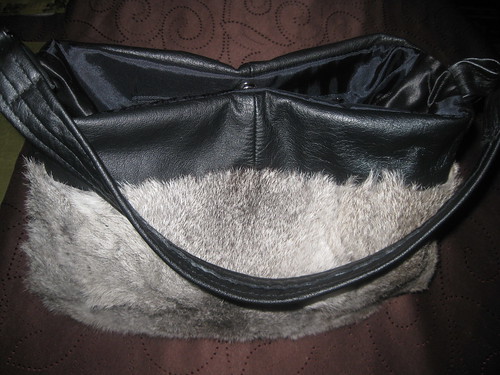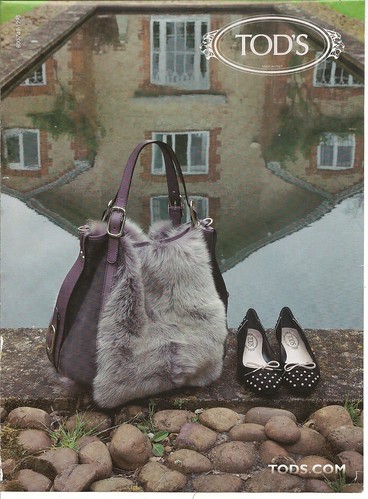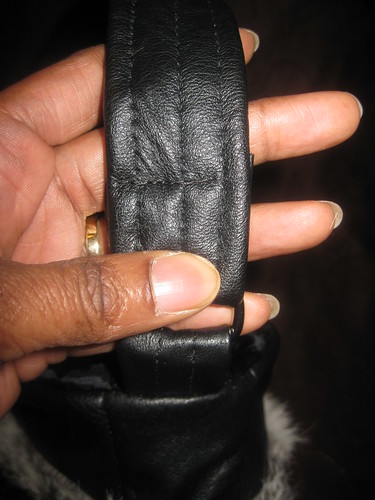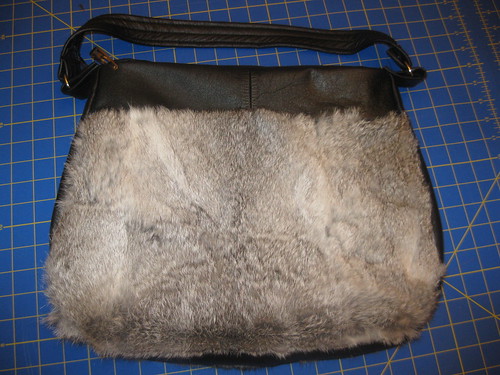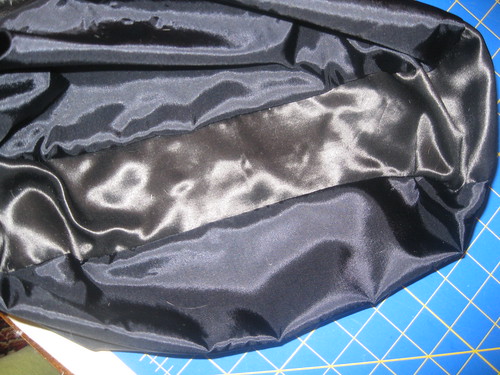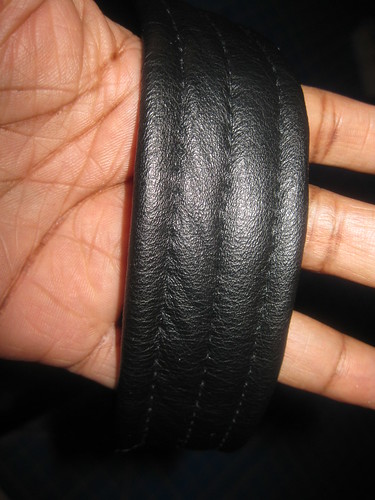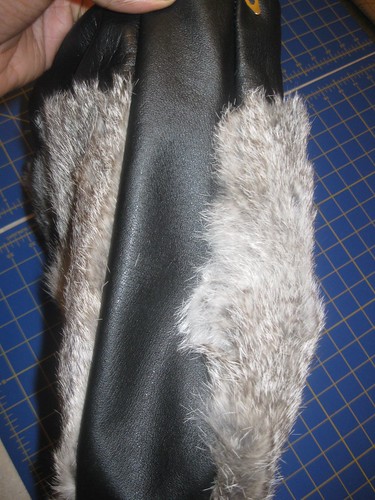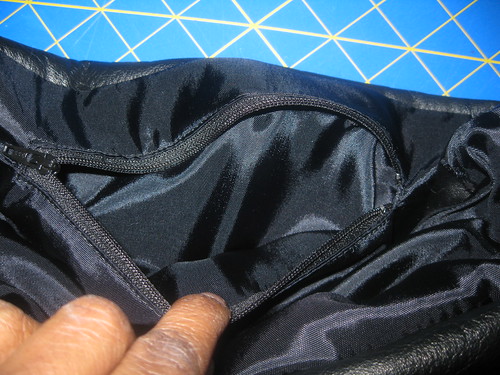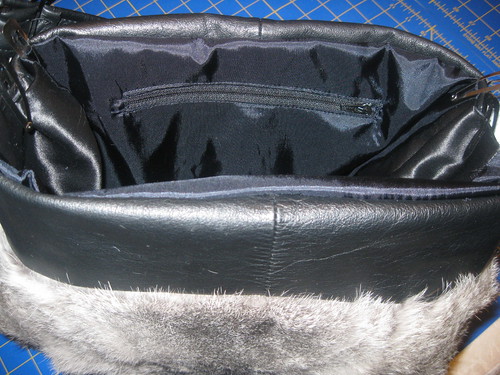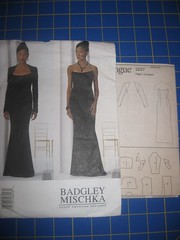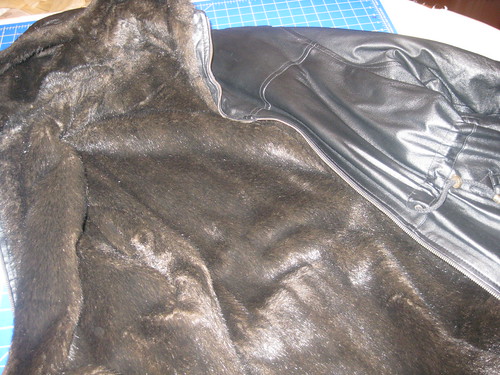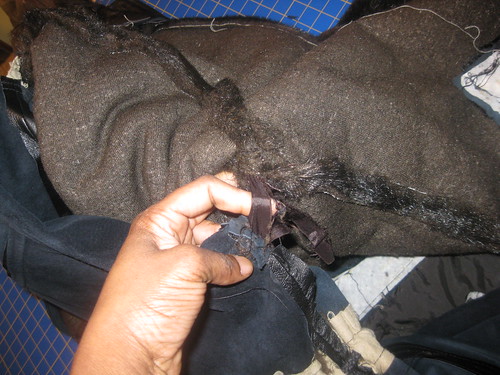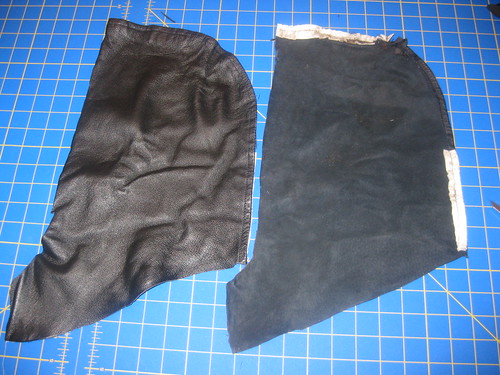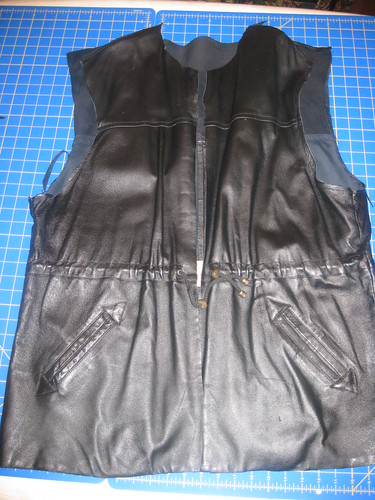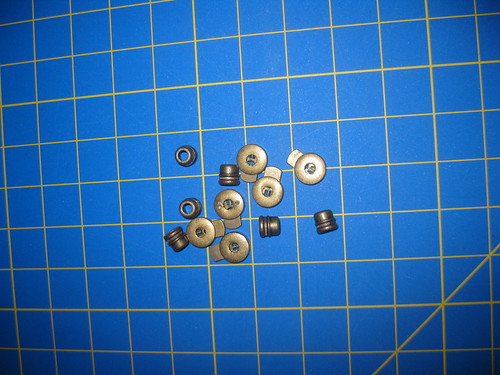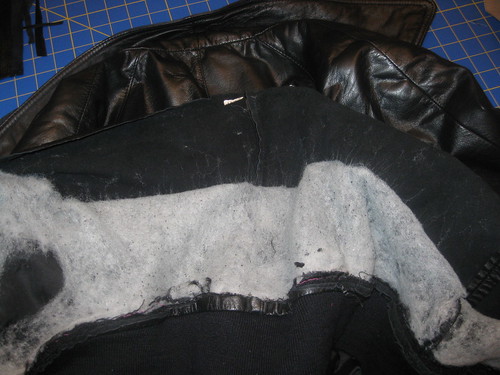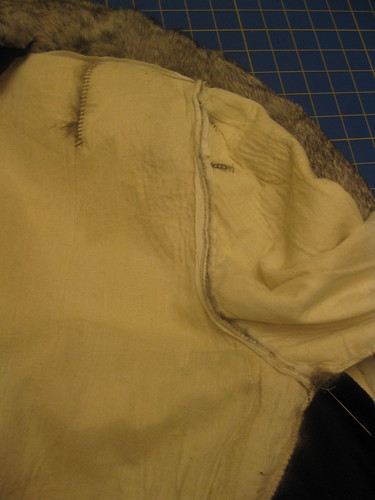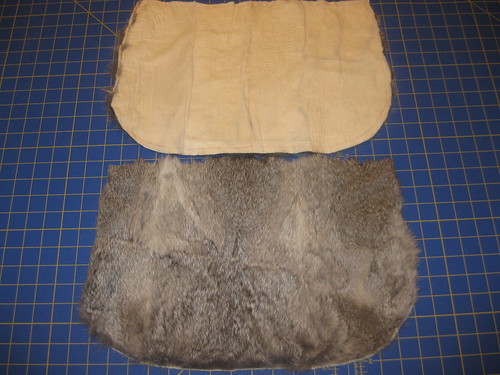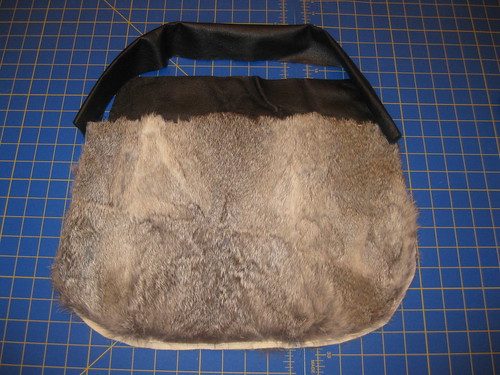
Many of us have vision boards that show what we plan to make and the steps we will take to produce an inspired garment. I have my vision boards, but they show other goals and ideas about the home, life, and family. So where do I put the magazine clippings and sketches for things I hope to make? Most are on a bookshelf in my bedroom or in a notebook kept on the night stand. The pages in my inspiration portfolio are motivation for some of the things I make and which accessories I choose to compliment an outfit.
Many of the things pictured don't necessarily inspire me to copy them, but to try a new look; try a new color combination, use a particular detail or finish on a garment. Last week, as I thumbed through the the portfolio, I noticed the dates at the bottom of the pages: 2004, 2006, 2001, etc. Many styles are over ten years old; but in my mind, they are fresh, a great platform to come up with a new wearable creation.
So, here are a few ideas about some of the designs that I like:
In 2007 Marie Claire did an expose' on Black and White, Hi and Low (price).

I like white and black outfits, but looking closer I also found small details that I liked as well:
The polka blouse with the silver leather cuffs. I like this concept but I decided that I wouldn't make a blouse like this. I bought four yards of red and white polka-dot fabric from Vogue a few years ago. Two years ago, I thought I would be making a dress. Today I'm still undecided about the style of the dress.

The floral jacket and the ruffle blouse are the speakers of this outfit. The thing that I like most is the ring on the models right hand (I want one.)

The abstract print of the dress was the inspiration for the fabric that I purchased to make my sister a dress last year.

The white trench made me think of white dresses with full skirts. I've purchased several yards of white fabric (linen, georgette, and lightweight twill) to make white dresses.

Finally, this page has a collection of black and white pieces, most of which I could easily see myself in. The white dress trimmed in black is the inspiration for a dress I'm making for the fashion show. My version is red and black. The pattern has only two pieces. Claire Danes's dress has a princess seam bodice with a multi-panel skirt.

So that's it for this installment of "what inspires me". Currently, I'm working on several fashion show garments and a few client projects. Oh yes, a few "me" projects here and there.
Stay tuned!
C
Many of the things pictured don't necessarily inspire me to copy them, but to try a new look; try a new color combination, use a particular detail or finish on a garment. Last week, as I thumbed through the the portfolio, I noticed the dates at the bottom of the pages: 2004, 2006, 2001, etc. Many styles are over ten years old; but in my mind, they are fresh, a great platform to come up with a new wearable creation.
So, here are a few ideas about some of the designs that I like:
In 2007 Marie Claire did an expose' on Black and White, Hi and Low (price).

I like white and black outfits, but looking closer I also found small details that I liked as well:
The polka blouse with the silver leather cuffs. I like this concept but I decided that I wouldn't make a blouse like this. I bought four yards of red and white polka-dot fabric from Vogue a few years ago. Two years ago, I thought I would be making a dress. Today I'm still undecided about the style of the dress.

The floral jacket and the ruffle blouse are the speakers of this outfit. The thing that I like most is the ring on the models right hand (I want one.)

The abstract print of the dress was the inspiration for the fabric that I purchased to make my sister a dress last year.

The white trench made me think of white dresses with full skirts. I've purchased several yards of white fabric (linen, georgette, and lightweight twill) to make white dresses.

Finally, this page has a collection of black and white pieces, most of which I could easily see myself in. The white dress trimmed in black is the inspiration for a dress I'm making for the fashion show. My version is red and black. The pattern has only two pieces. Claire Danes's dress has a princess seam bodice with a multi-panel skirt.

So that's it for this installment of "what inspires me". Currently, I'm working on several fashion show garments and a few client projects. Oh yes, a few "me" projects here and there.
Stay tuned!
C







